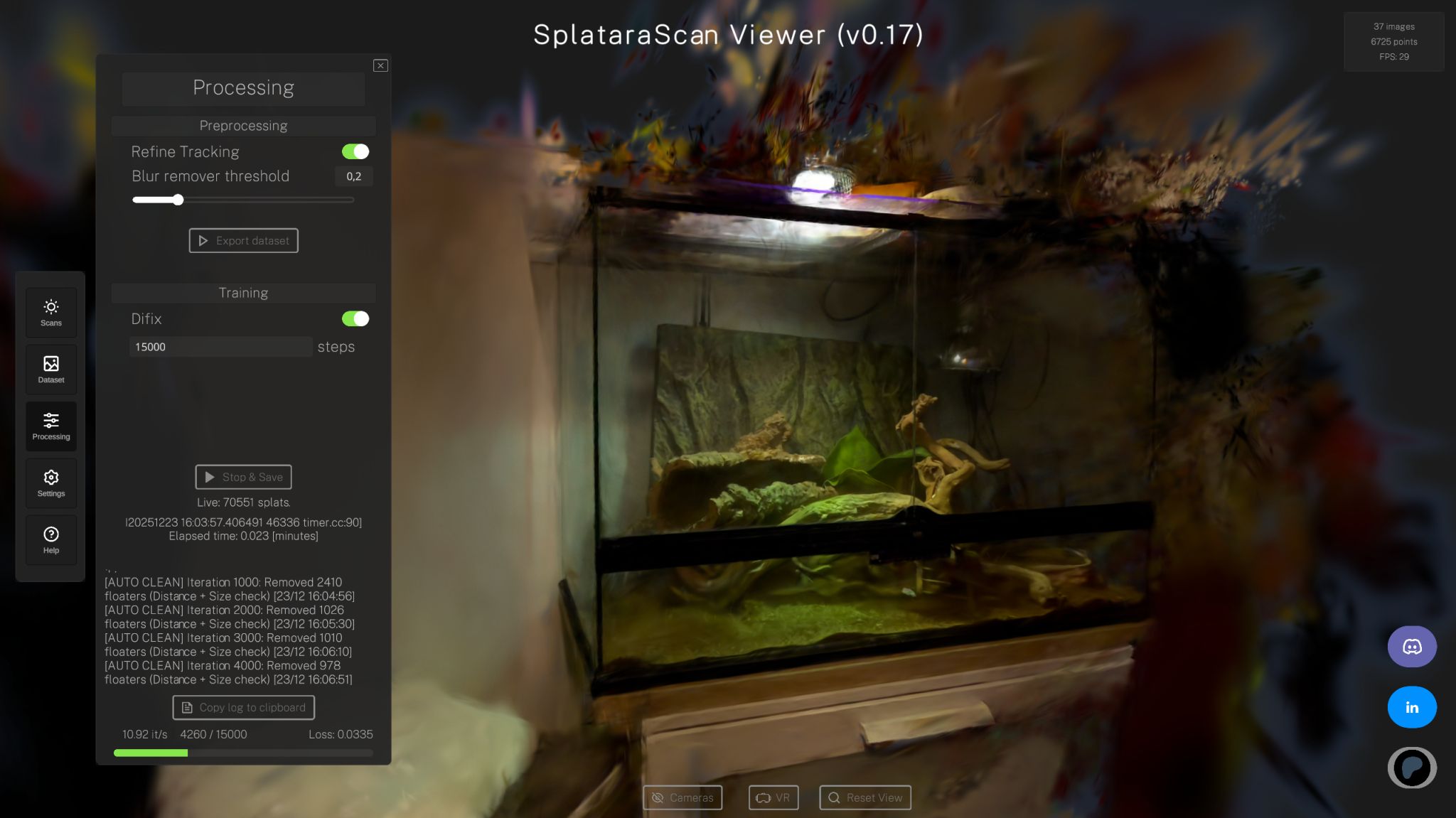
Michael Rubloff
Aug 11, 2025
NVIDIA’s vkSplatting just made their first major update to their powerful open source playground for exploring the ins and outs of real time 3D Gaussian Splatting, the latest release folds in some of the most anticipated features yet, pushing the renderer firmly into next-generation territory.
At the top of the list is full support for 3D Gaussian Ray Tracing (3DGRT), along with a hybrid rendering mode that blends the strengths of 3DGS and 3DGRT in the same scene. One of the primary beneficiaries of this is getting much faster rendering rates, combined with ability to introduce complex secondary lighting effects.

They are also including a dedicated 3DGRT dataset out of the box. For people who have struggled to build the 3DGRUT library, the update gives you a running start to experiment with raytraced splats, test hybrid approaches, and see first-hand how these pipelines stack up in speed, fidelity, and flexibility.
Another welcome addition is compositing with meshes. Until now, vkSplatting has been entirely splat centric, but with mesh integration you can mix geometric and radiance field elements into a single scene.
Finally, there’s a quality of life improvement that will be felt by anyone using vkSplatting as a daily tool project save/load. Now you can capture your exact rendering configuration, shader tweaks, and scene setup, then reload them in seconds. No more retracing steps every time you want to revisit an experiment.
For people at SIGGRAPH, they can attend this session to see the platform in action on Wednesday.
To set up vkSplatting, you’ll need the Vulkan SDK and optionally CUDA for GPU monitoring. The repository continues to be permissibly licensed with Apache 2.0 and can be found here!







